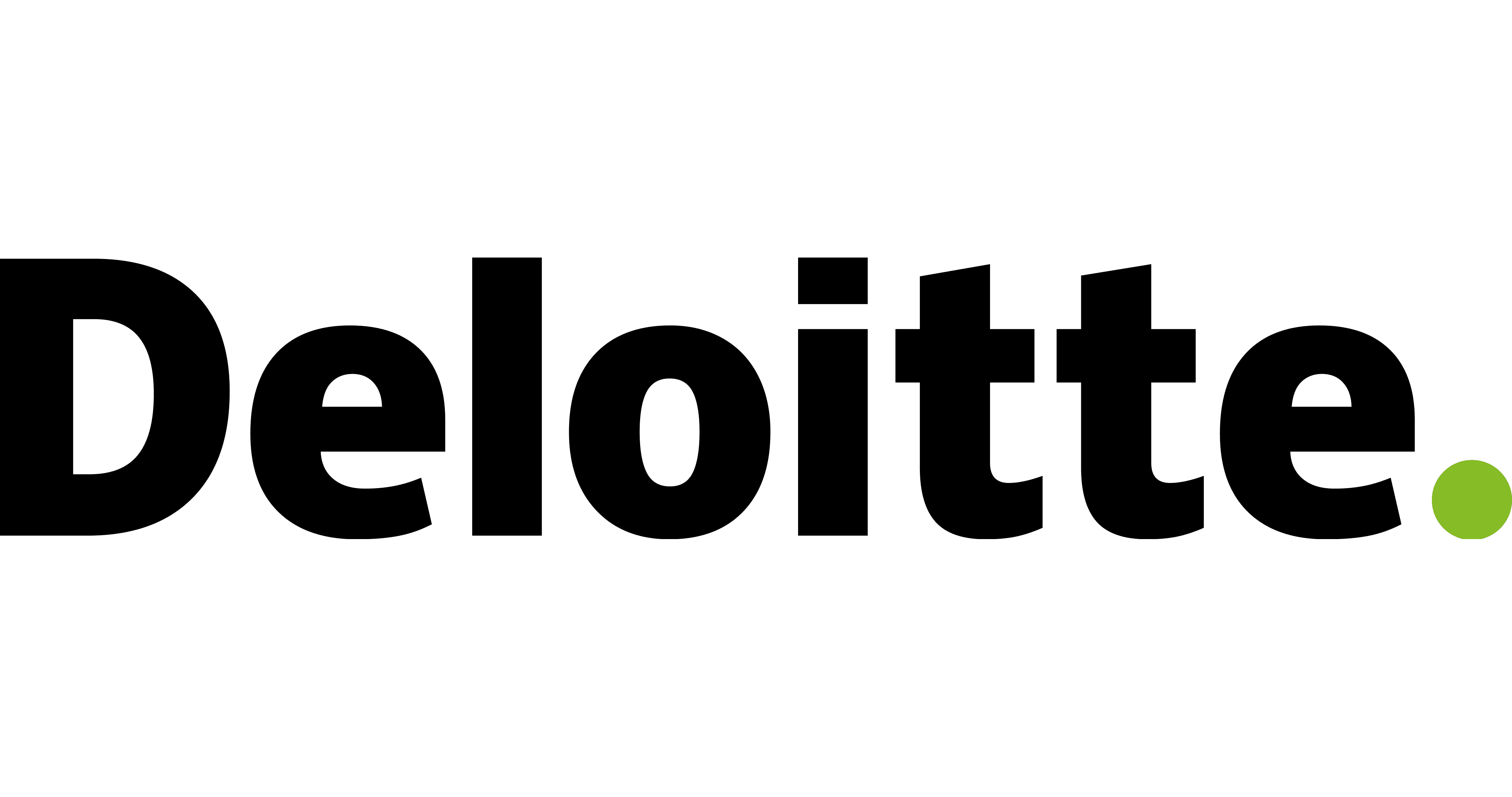
Deloitte Data Analyst Case Interview — Support Services Operations Optimization (NYC)
This Deloitte-style data analytics case simulates advising a New York–based support services provider on improving service-level performance and cost efficiency. Modeled on real Deloitte interview formats, it emphasizes hypothesis-led problem solving, structured communication, and client-ready recommendations. Format and flow (approx. 60 minutes): - 5 min: Case brief and clarifying questions. Candidate frames the problem, aligns on objectives (e.g., improve SLA adherence and reduce cost-to-serve), and states initial hypotheses. - 35–40 min: Analytical deep dive using provided exhibits (CSV-style tables and brief email memos). Candidate performs quick data quality checks, prioritizes analyses, and quantifies impact. - 10 min: Executive-level readout with a one-page storyboard or dashboard sketch. - 5 min: Q&A and next steps, including risks and implementation considerations. Case prompt (sample): - A national support services provider operating in NYC is missing SLAs for enterprise clients. Leadership suspects uneven agent utilization, seasonal ticket spikes, and poor first-contact resolution (FCR). You are asked to diagnose drivers and recommend actions for the next quarter. Provided exhibits: - Tickets: ticket_id, created_at, channel, issue_type, priority, client_segment, agent_id, first_contact_resolution_flag, reopen_count, handle_time_sec, wait_time_sec, resolution_time_hr, satisfied_survey_flag. - Staffing: agent_id, shift_hours, skills, occupancy_rate, absence_days, cost_per_hour. - SLAs: client_id, contract_tier, target_response_min, target_resolution_hr, penalties. - Volume and seasonality: daily ticket counts, marketing campaign flags, incident spikes. What the interviewer looks for (Deloitte-specific focus): - Hypothesis-driven and MECE structure tailored to client value, not generic checklists. - Data hygiene: spot nulls/outliers, reconcile time zones, check ticket reopen logic, and articulate trade-offs when data is imperfect. - Core analytics: compute SLA adherence, FCR, backlog aging, cohort analysis by client tier; size impact of wait time on satisfaction; segment drivers of breaches (issue_type × channel × priority). - Practical tooling: outline concise SQL/Excel steps (e.g., window functions for backlog aging, joins between tickets and SLAs, pivots for hourly arrival rates). Pseudocode or formulas are acceptable. - Operations insight: translate findings to actions such as skill-based routing, shift realignment for peak hours, escalation rules, and playbook updates; optionally estimate headcount needs using simple arrival/service rate reasoning. - Experiment design: propose an A/B test for chatbot deflection or proactive messaging; define success metrics (SLA hit rate, FCR, CSAT) and guardrails. - Storytelling: synthesize into a client-ready narrative with value, risks, and implementation plan; communicate like a Deloitte consultant (concise pyramid structure, clear next steps, ownership, and timing). Expected deliverables in the readout: - Problem statement and prioritized hypotheses. - Key metrics with quick calculations (e.g., top 3 breach drivers contributing ~X% of penalties; projected savings from schedule realignment). - Draft dashboard sketch (SLA trend, FCR by channel, backlog aging heatmap, utilization by hour). - Recommendation roadmap for the next 90 days, including risks (data privacy, change management) and dependency owners. Evaluation rubric aligned to Deloitte standards: - 30% Problem structuring and clarification quality. - 30% Analytical rigor and numeracy (clean joins, correct denominators, sensible sampling/assumptions). - 20% Business judgment and practicality (client impact, feasibility, risk/controls awareness). - 20% Communication and presence (executive synthesis, visual clarity, confidence with humility). Notes on culture and style cues: - Expect light interviewer “client” check-ins and guidance nudges; they assess collaboration and coachability. - Precision with integrity matters—state assumptions, call out data limitations, and avoid overclaiming. - Inclusion and teamwork: narrate how you would partner with client ops, IT, and compliance to land the change. What to prepare: mental math, quick SQL/Excel fluency, a clear KPI playbook (SLA, FCR, CSAT, backlog), and a repeatable 1-page storyboard template.
60 minutes
Practice with our AI-powered interview system to improve your skills.
About This Interview
Interview Type
PRODUCT SENSE
Difficulty Level
3/5
Interview Tips
• Research the company thoroughly
• Practice common questions
• Prepare your STAR method responses
• Dress appropriately for the role